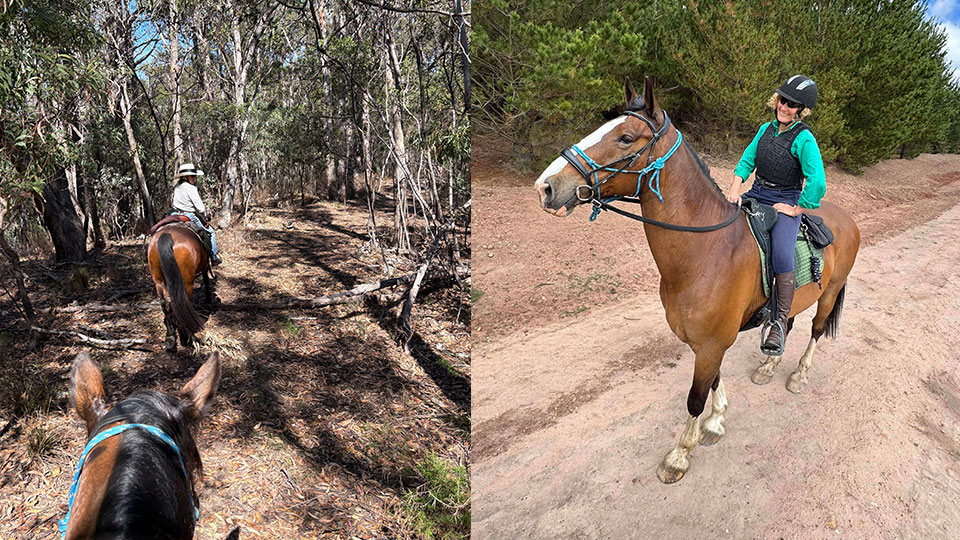
‘If you have a brain, you are biased!’ was one of the many challenges made from the stage at the 2016 NeuroLeadership Summit* in New York last week. Since then I have been much more aware of my own bias, and I have been thinking about how to support leadership teams I work with understand personal and group biases.
Biases are mental shortcuts – ways we process information without even realising we are doing it. Everyone does it, yet none of us like to believe we are ‘biased!’
The NeuroLeadership Institute has categorised over 100 cognitive biases into five groupings, which makes it much easier to consider mitigation strategies. Here’s a summary of three of them.
Similarly bias – People like us are better than people not like us.
- Do you gravitate towards team members who are similar to you?
- How’s the inter-team trust in your organisation?
- What could you do to build stronger connections with people in your organisation you perceive to be different to you?
Experience bias – Our perceptions are accurate because we trust our own senses and interpretations of reality.
- When have you been focused on your expectations, and discounted the reasonable expectations of someone else?
- Next time you hear yourself claiming ‘I am making an objective decision’, ask what might others think, ask yourself ‘what might others think?’
- When you are sure others are on board with your change initiative, what else could you do to flush out alternative perspectives?
Distance bias – Unconsciously we assign greater value to things that we perceive to be closer to us, whether in space, time or ownership.
- How well do you include the off-site people on a conference call?
- Where have you chosen a short-term gain over a larger but longer-term gain?
- What else could you do to take into account global perspectives?
So if everyone who has a brain is biased, does that make it okay? Are we off the hook? No!
Bias can be addressed by 1) accepting we have them, 2) labeling the bias likely to occur in a situation, and 3) mitigating bias with focused strategies.
Go fearlessly.
* Neuroleadership is the overlay of our growing understanding of the brain from neuroscience onto leadership thinking – leading with the brain in mind.
STAY IN THE LOOP





